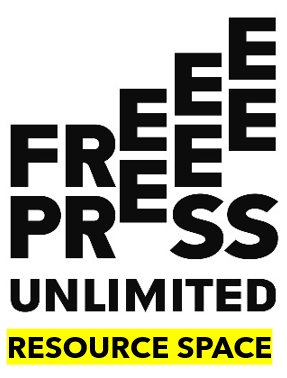Gender and Media Resource Guide
Media play an essential role in working towards gender equality in society. This Gender and Media Resource Guide is the place to find everything you need to promote gender equality in and through media, including:
- Gender equality in media content
- Gender equality in the media sector
- Campaigning and advocacy
- Gender mainstreaming
Each of the following sections presents practical tools and background information about gender and media, as well as examples of successful approaches.
Explore the following topics:
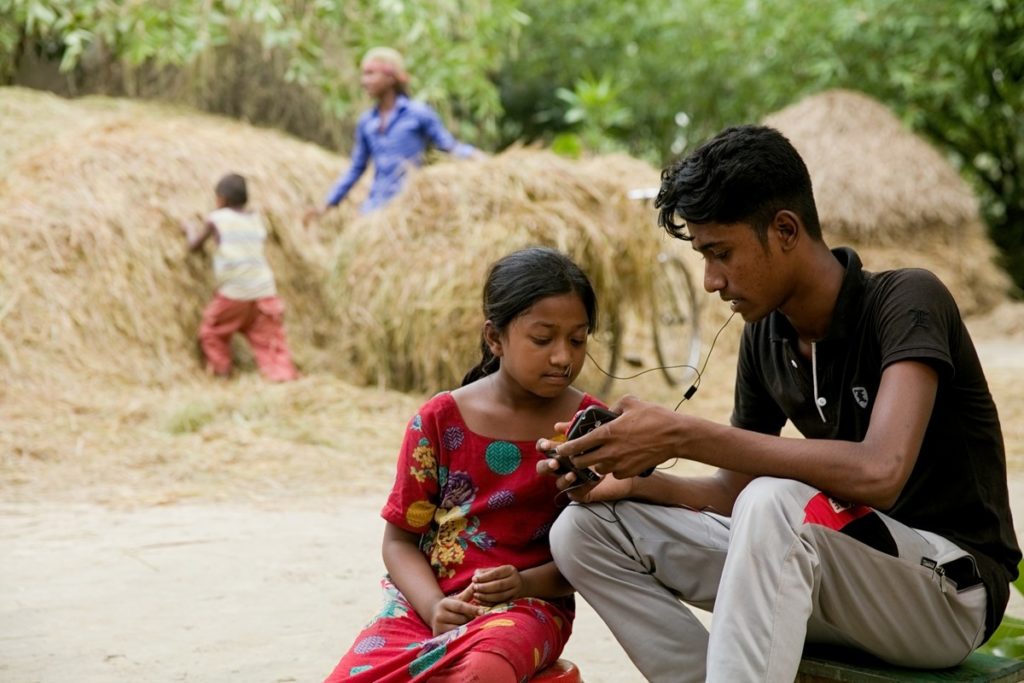
An introduction to basic gender concepts and information about why gender and media matter.
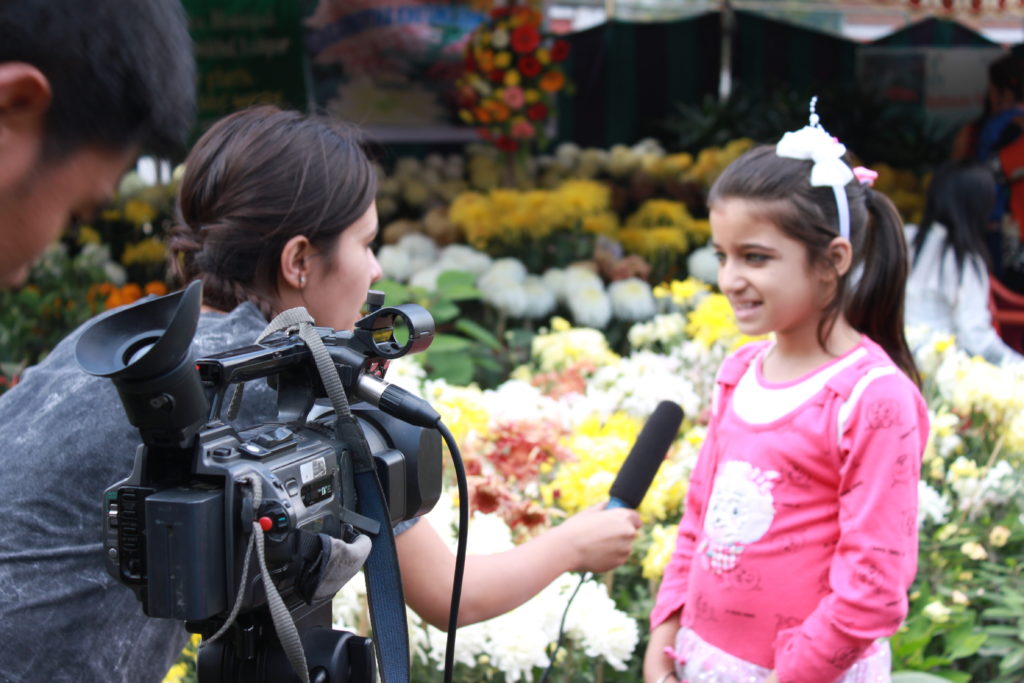
Gender equality in media content
Worldwide, women are underrepresented in media and often portrayed in stereotypical ways. There is an enormous potential for media to show a wider variety of roles and behaviors of people of all genders, thereby challenging gender inequalities and expanding the range of people society looks up to as role models.
Explore this section to find out about different strategies to promote gender equality in media content.
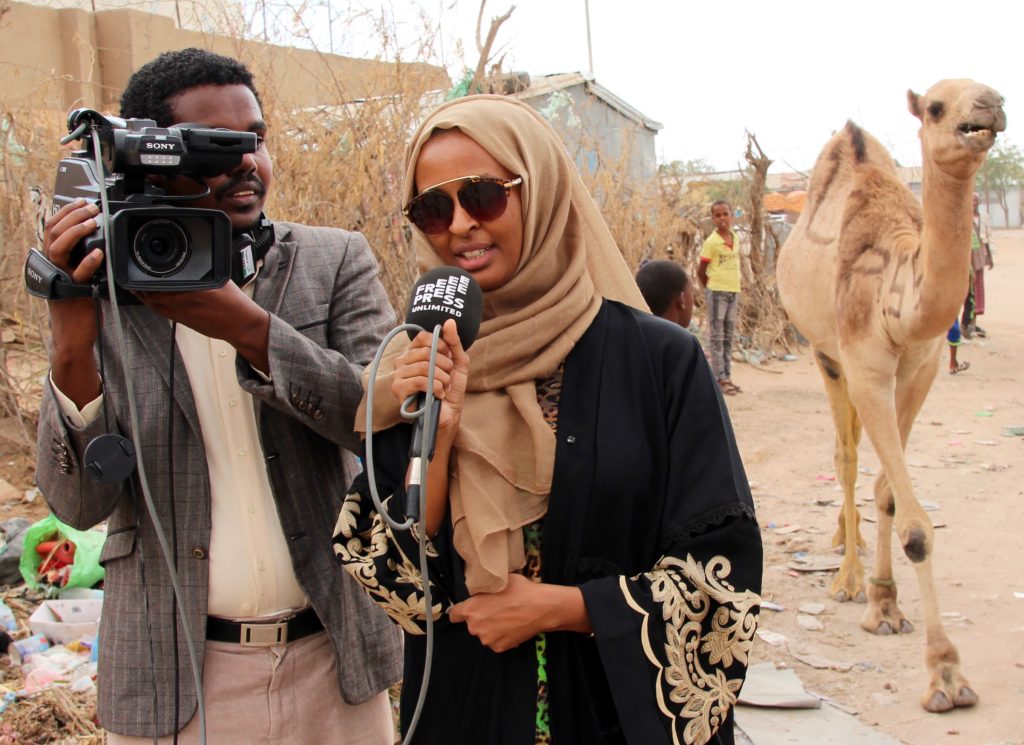
Gender equality in the media sector
Gender inequality is clearly visible in the media sector and journalism profession. Women are usually a minority in media organisations, especially in high-level and decision-making positions. Women journalists face unique barriers and safety risks.
Explore this section to find out more about different strategies related to gender in the media sector and workplace.
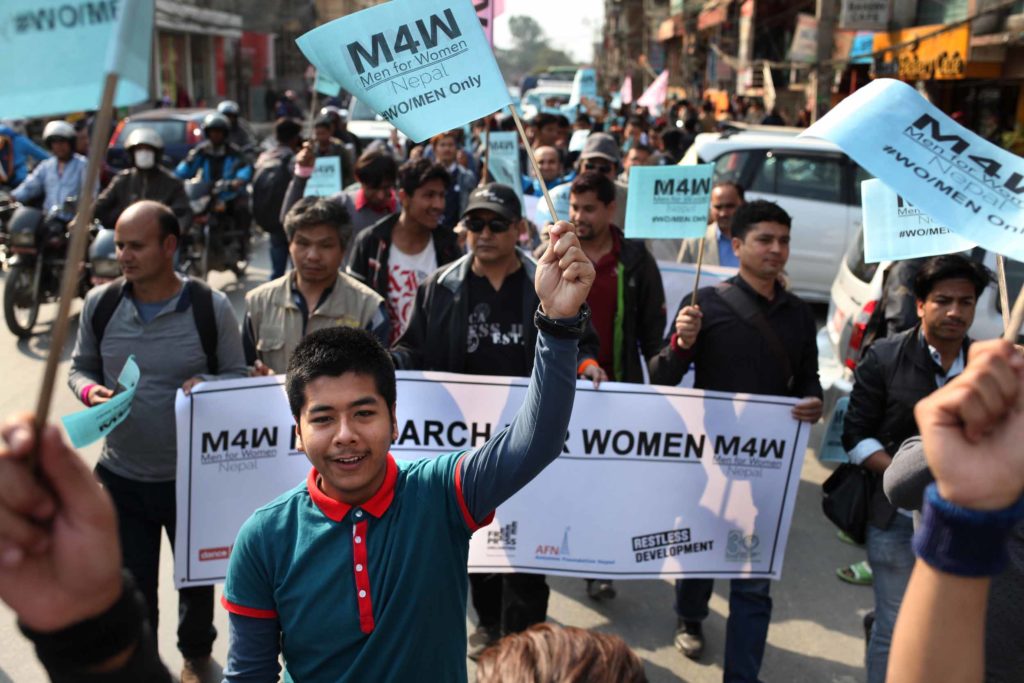
Campaigning and advocacy are crucial to achieving the legislative and policy environments necessary for gender equality in the media.
Explore this section to find out about different mechanisms and movements being used around the world.
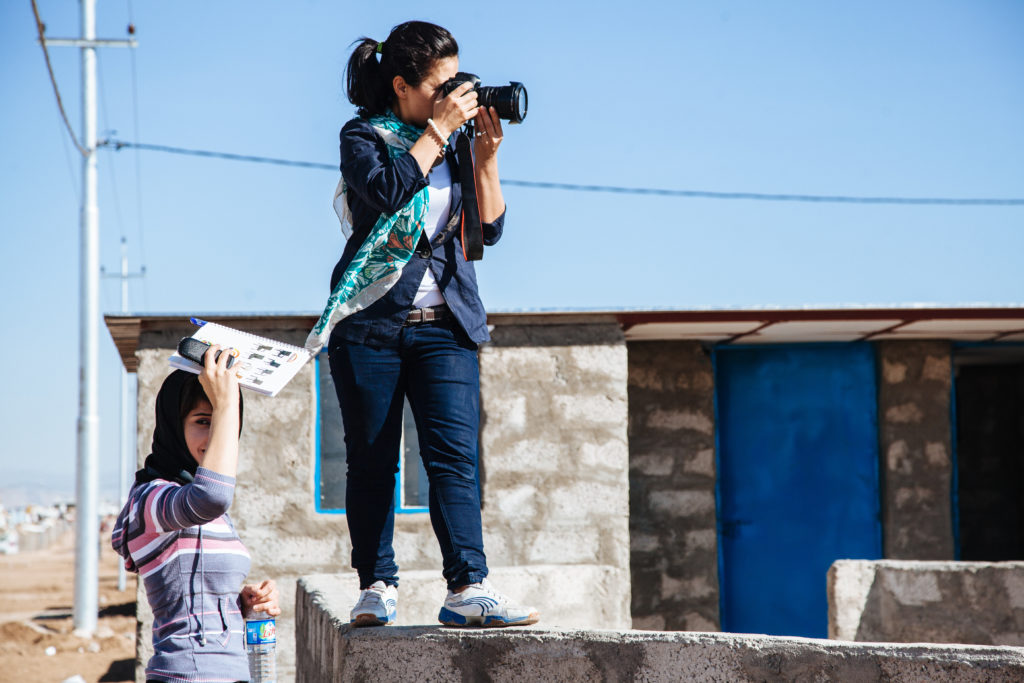
When working on a media development project, it is crucial to mainstream gender within its design, implementation and evaluation.
Explore this section to find out how gender mainstreaming can address the concerns and needs of both men and women within every stage of the project cycle.
Evidence base: Gender equality
| Source | Year | Country | Organisation | Author |
|---|---|---|---|---|
| Gender aspects of employment and career in the media sector of Armenia, Georgia, Moldova, Russia and Ukraine | 2020 | Armenia, Georgia, Moldova, Russia, Ukraine | Fojo Media Institute | Fojo Media Institute |
| The Missing Perspectives of Women in COVID-19 News | 2020 | India, Kenya, Nigeria, South Africa, United Kingdom, United States of America | Bill & Melinda Gates Foundation | Kassanova, L. |
| Women and Leadership in the News Media 2020: Evidence from Ten Markets | 2020 | Brazil, Finland, Germany, Japan, Mexico, South Africa, South Korea, United Kingdom | Reuters Institute for the Study of Journalism | Andı, S. et al. |
| Engendering Hate: The Countours of State-Aligned Gendered Disinformation Online | 2020 | Philippines, Poland | Demos | Judson, E. et al. |
| Eerste resultaten Nederland Global Media Monitoring Project 2020 | 2020 | Netherlands | Free Press Unlimited and WOMEN Inc. | Gorter, A. |
| A woman’s got to write what a woman’s got to write: the effect of journalist’s gender on the perceived credibility of news articles | 2020 | Netherlands | Klaas, E. & Boukes, M | |
| What Online Harassment Tells Us About Our Newsrooms: From Individuals to Institutions | 2020 | United States of America | Women's Media Centre | Women's Media Centre |
| The 5050 Project Impact Report 2020 | 2020 | United Kingdom | BBC | Goswami, N. et al. |
| Women’s rights online; Closing the digital gender gap for a more equal world | 2020 | Colombia, Ghana, Indonesia, Uganda | World Wide Web Foundation | Chair, C. et al. |
| Reporting Facts: Free From Fear or Favour | 2020 | Global | UNESCO | Dragomir, M. |
| The 50:50 Project | 2019 | United Kingdom | BBC | BBC |
| Rewrite Her Story: How Film and Media Stereotypes Affect the Lives and Leadership Ambitions of Girls and Young Women | 2019 | Global | Plan international, Geena Davis Institute on Gender in Media | Plan international, Geena Davis Institute on Gender in Media |
